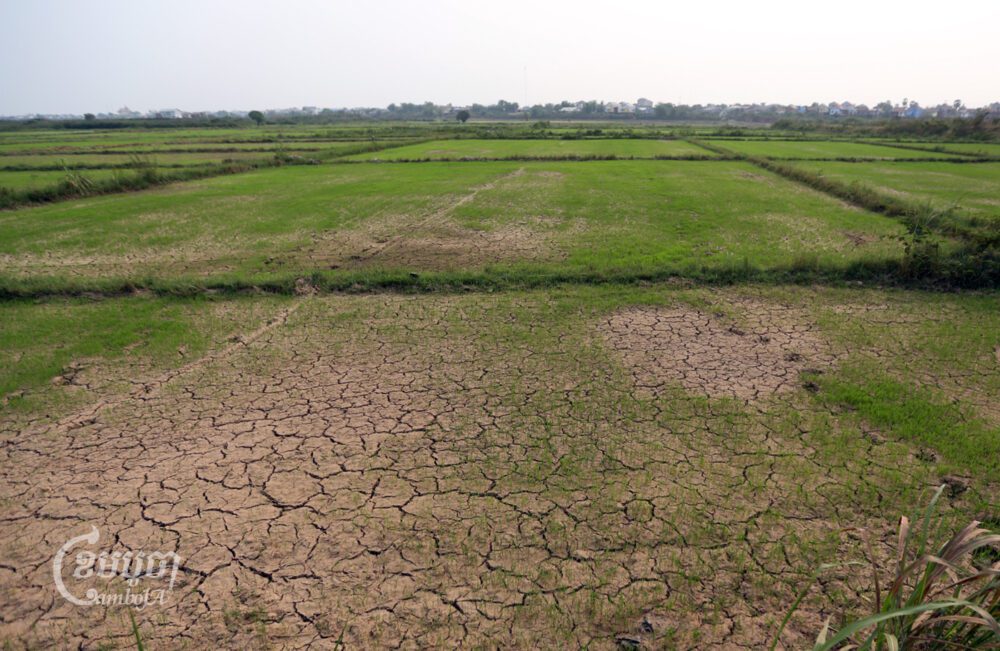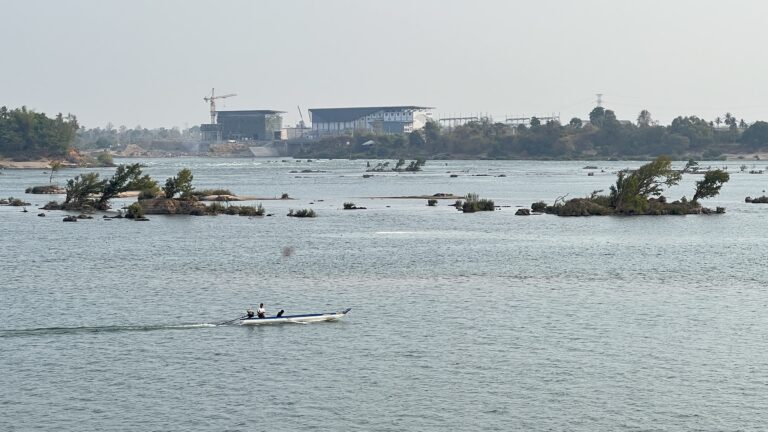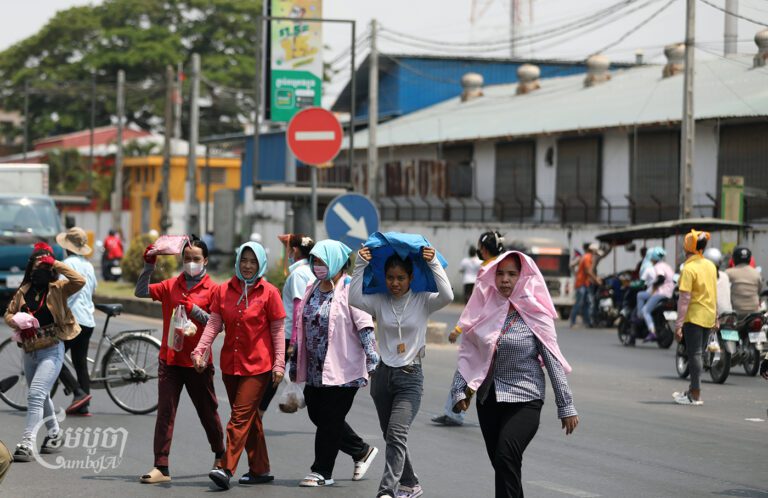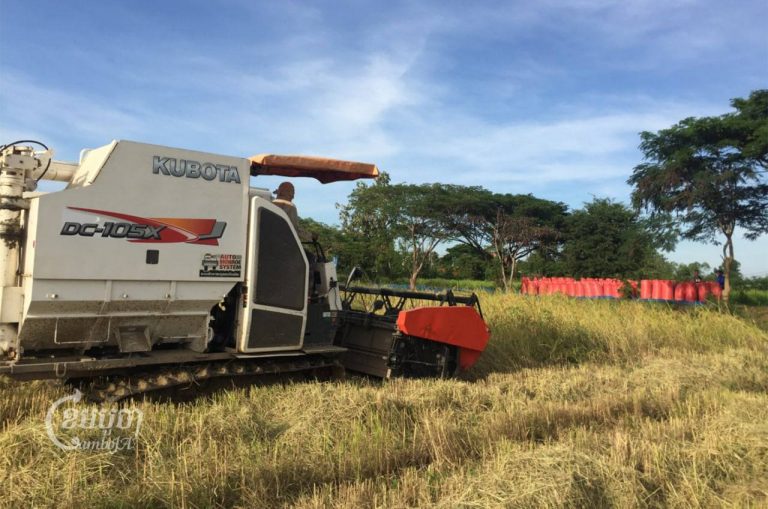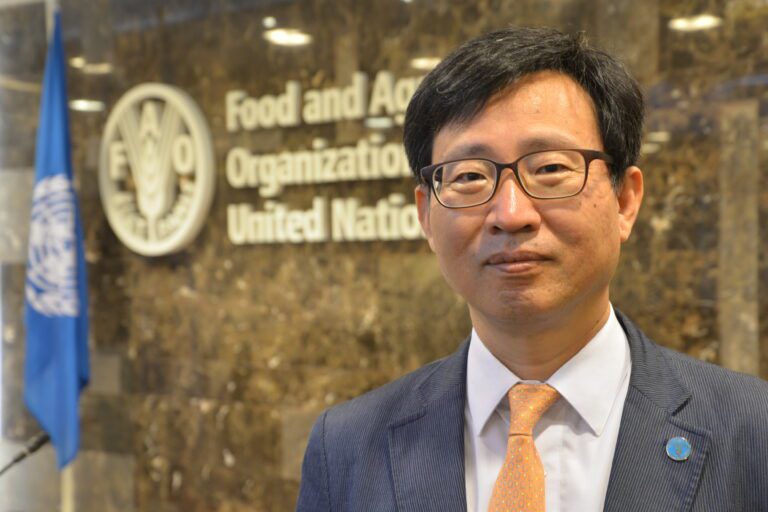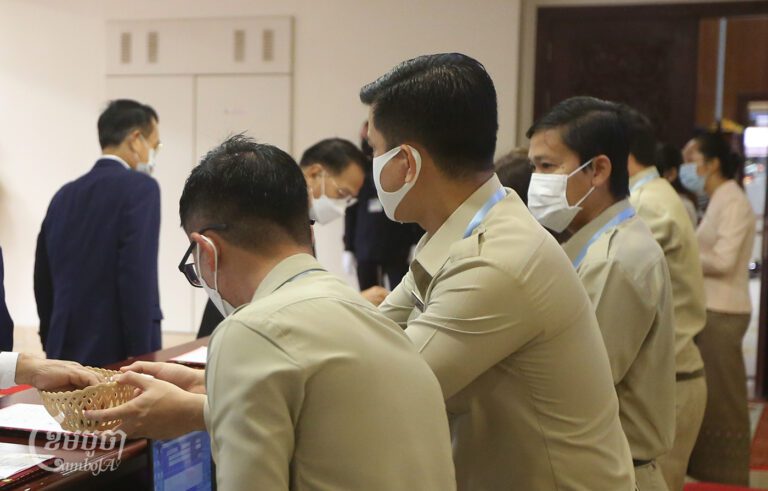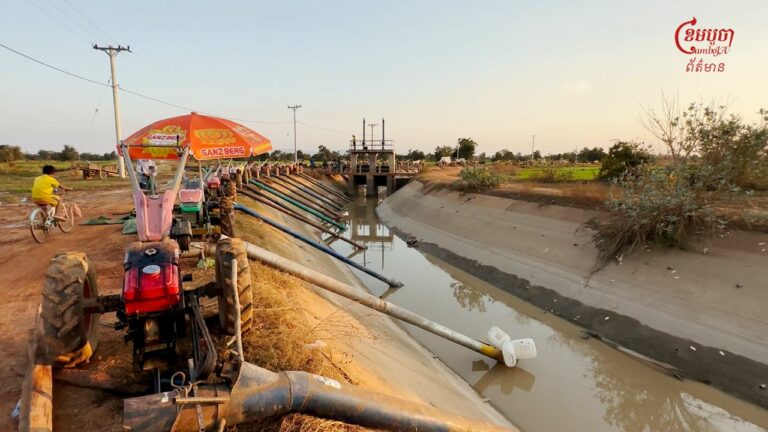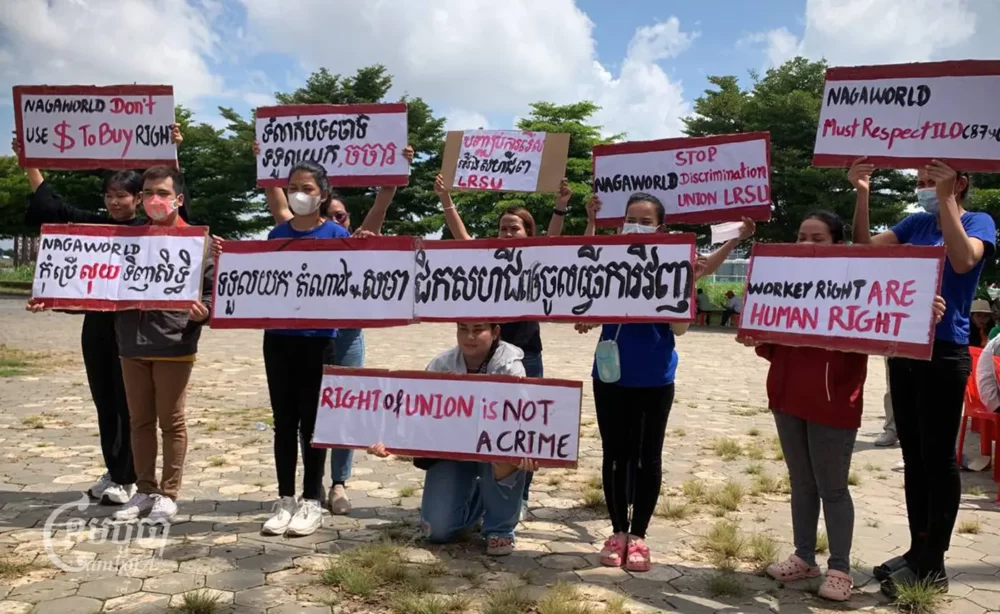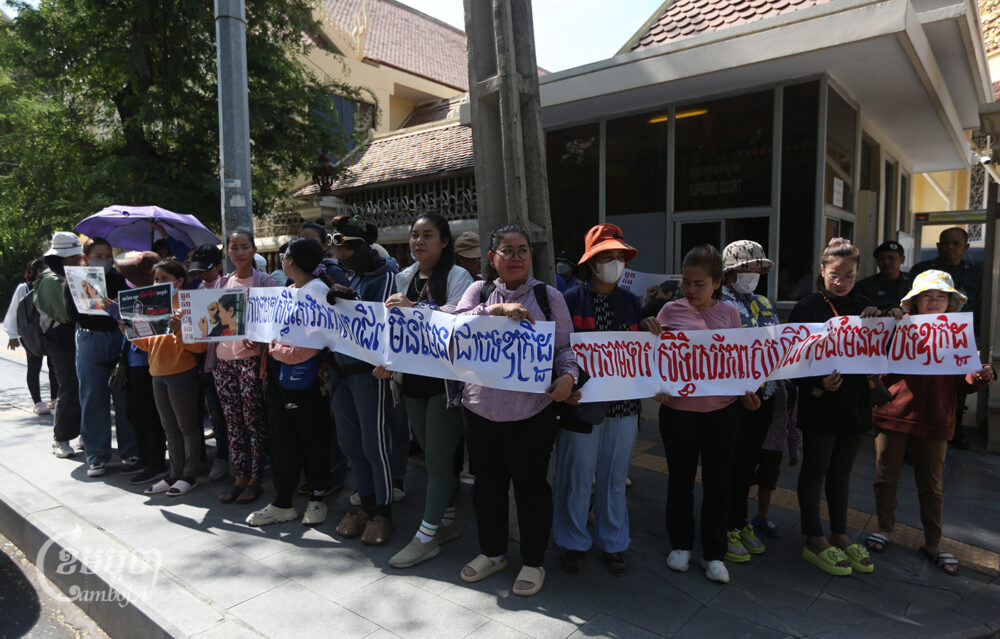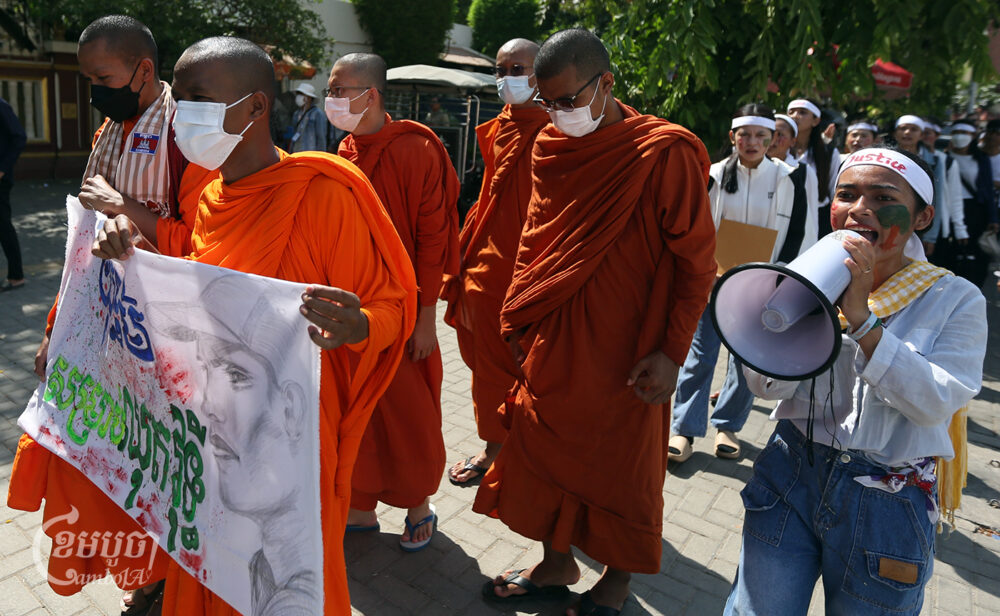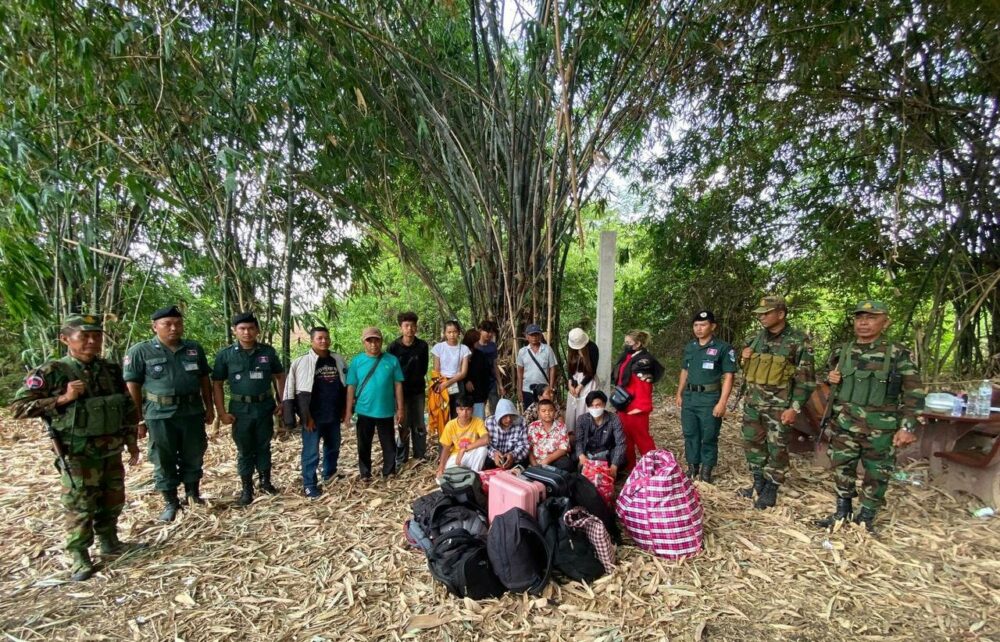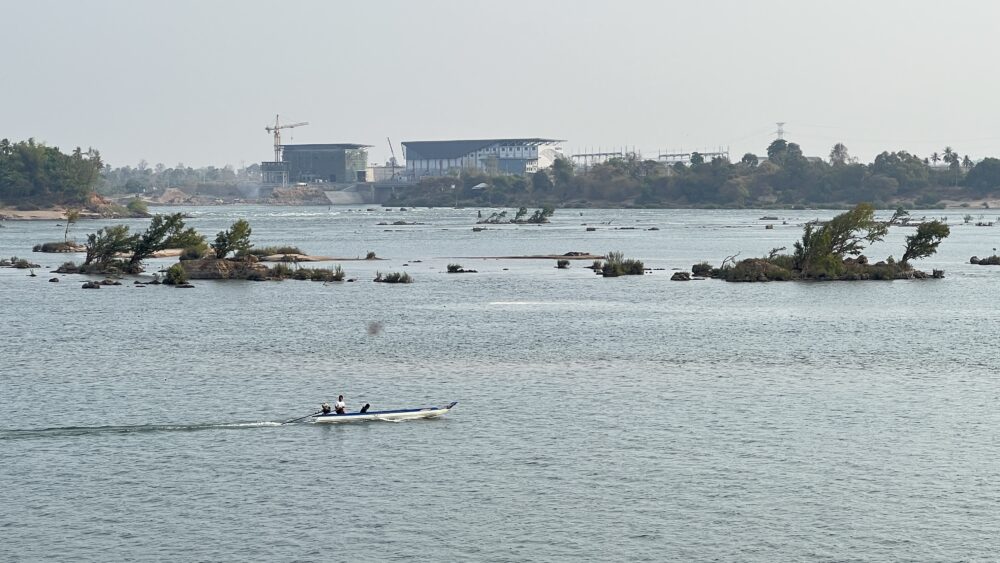The temperature in Cambodia is expected to rise starting February to early May, with highs of 41 degrees Celsius, the Ministry of Water Resources and Meteorology said, urging the public, especially those in rural areas, to use water sparingly.
It also said the dry season is expected to run from December 2023 to early May next year, noting that there would be less rainfall and increased thunder and lightning, with strong winds expected in April and May, compared to 2023.
Responding to queries on the climate, Khim Finan, spokesperson for the Ministry of Agriculture, Forestry, and Fisheries, said the authorities would intervene in the event of a natural disaster. However, the ministry is not able to fully respond to climate risks, hence its call on farmers to start planting crops that are climate-resilient.
“If we are short of water, there may not be many options,” he said. “We always encourage farmers to switch to crops that can withstand [scarce] water conditions, use varieties that adapt to change, and move from rice cultivation to farming or crops that are harvested before water shortages or floods [occur].”
He continued that the ministry always prepares in advance, particularly at the beginning of each dry season, as per the amount of water that should be stored during dry season farming.
To prevent crop damage, the ministry monitors the water level annually, informs farmers, and provides technical guidance, but farmers may encounter challenges if they carry on planting crops that are not resilient to the climate.
“We don’t always encourage [farmers] to cultivate [crops] beyond the amount of water we can supply,” he said. “If we still do this, we’ll have problems when the rice reaches the flowering stage, as we won’t have [sufficient] water to supply. We will face difficulties.”
In addition to the concern in the agriculture field, health problems are also the major concern.
Ly Sovann, a spokesperson for the Health Ministry responded to CamboJA by sharing some documents which outlined several health problems that materialized during the dry season such as heat syncope, exhaustion, and dizziness.
According to the documents, the most vulnerable persons are children under the age of five, people over 65 years old, pregnant women, and those with chronic diseases.
To protect their health during high temperatures, the health ministry suggested that people stay in cold places and avoid using fans, remain hydrated and keep up with information on the weather and health.
NGO Forum executive director Soeung Saroeun told CamboJA that high temperatures in 2024 is going to affect people’s health and lives, and agriculture.
“We’re concerned about the increase in temperature in 2024, caused by El Niño and ENSO,” he said.
The El Niño phenomenon will last until January with a 90% chance of extending into February and 10% of ENSO (El Niño Southern Oscillation), based on the evolving temperature forecast in the Pacific Ocean.
According to the Water Resources Ministry, which released this forecast, around 70% of El Niño conditions and 30% of ENSO might occur in March while in April, there will be 50% El Niño and 50% ENSO conditions.
Saroeun said the government, NGOs, and relevant stakeholders need to create awareness on the implications of a hotter weather to prepare and protect themselves, and inform the public to always have emergency aids at hand, like water tanks.


